This article is brought to you by Datawrapper, a data visualization tool for creating charts, maps, and tables. Learn more.
Data Vis Dispatch,
February 15
The best of last week’s big and small data visualizations
Welcome back to the 33rd edition of Data Vis Dispatch! Every week, we’ll be publishing a collection of the best small and large data visualizations we find, especially from news organizations — to celebrate data journalism, data visualization, simple charts, elaborate maps, and their creators.
Recurring topics this week include global democracy, secondary effects of the pandemic, and the possibility of an invasion of Ukraine.
Russia’s military buildup around Ukraine dominated maps again this week:
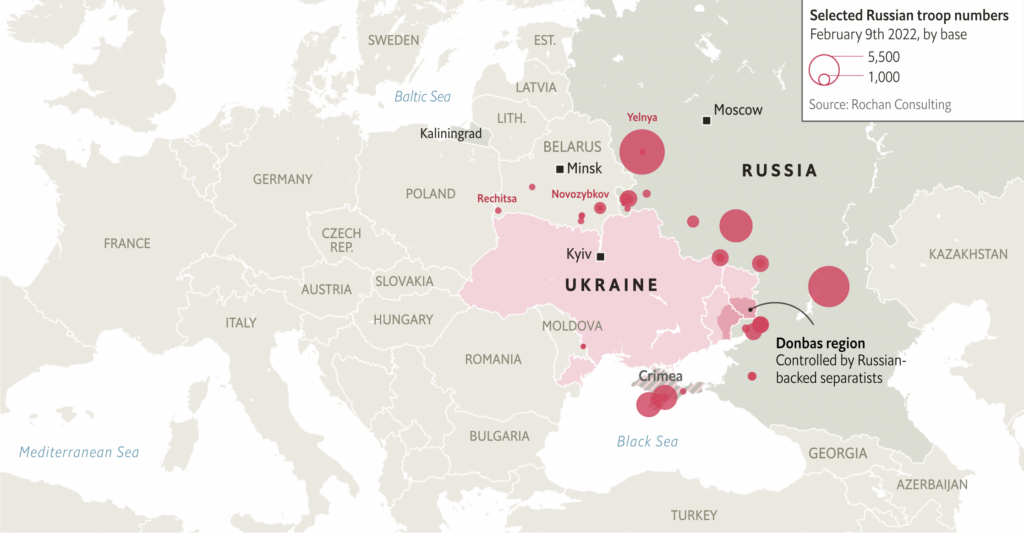


Other maps showed the routes of a possible invasion, Ukraine’s existing internal displacement crisis, and the continuing flow of Russian oil into Europe:
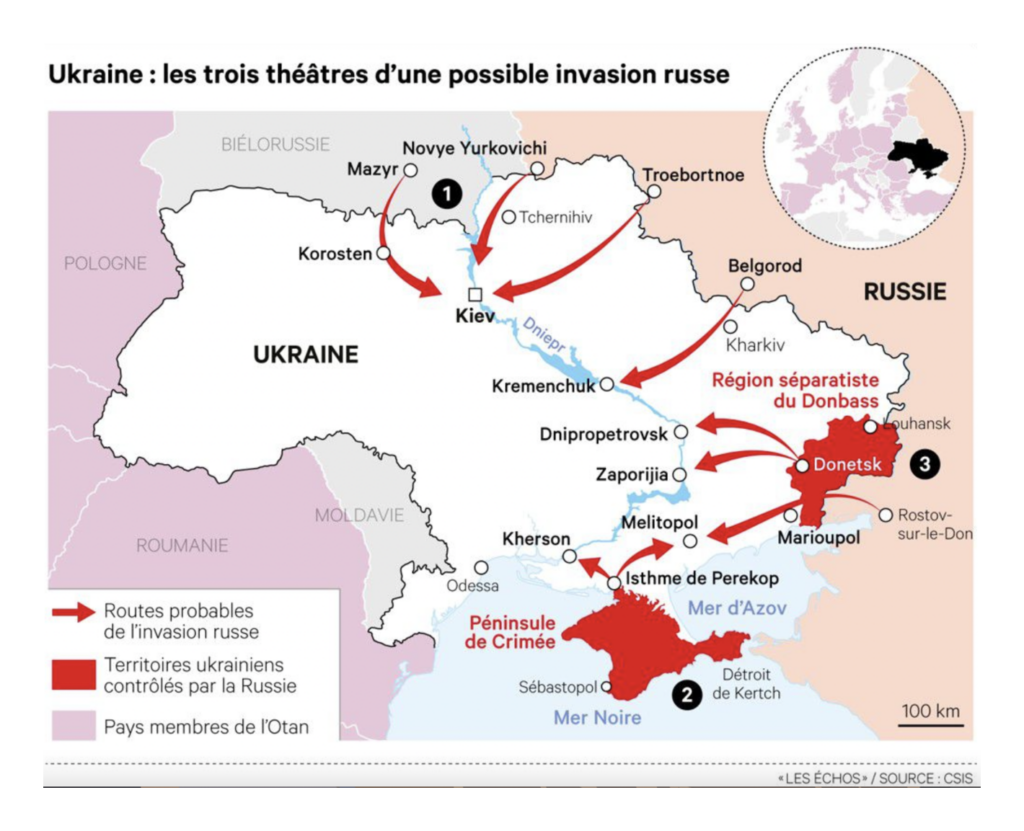
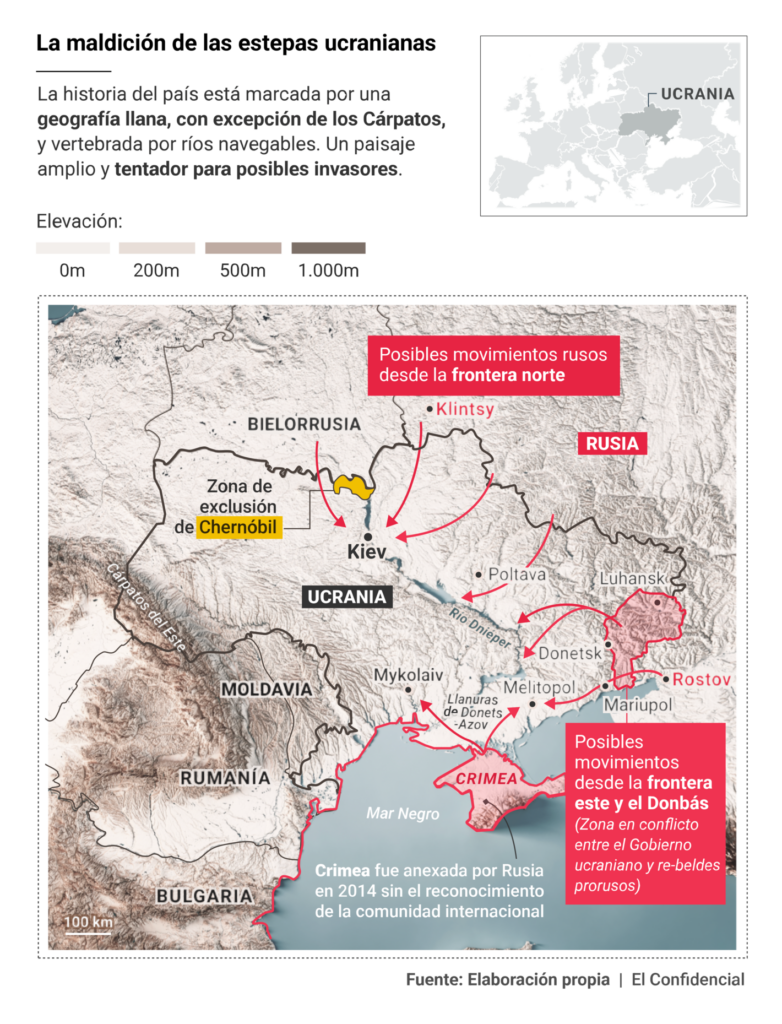


The Winter Olympics were somewhat overshadowed, but still made for a second great week of charts. (Scroll down to “What else we found interesting” for more Olympics-related visuals!)
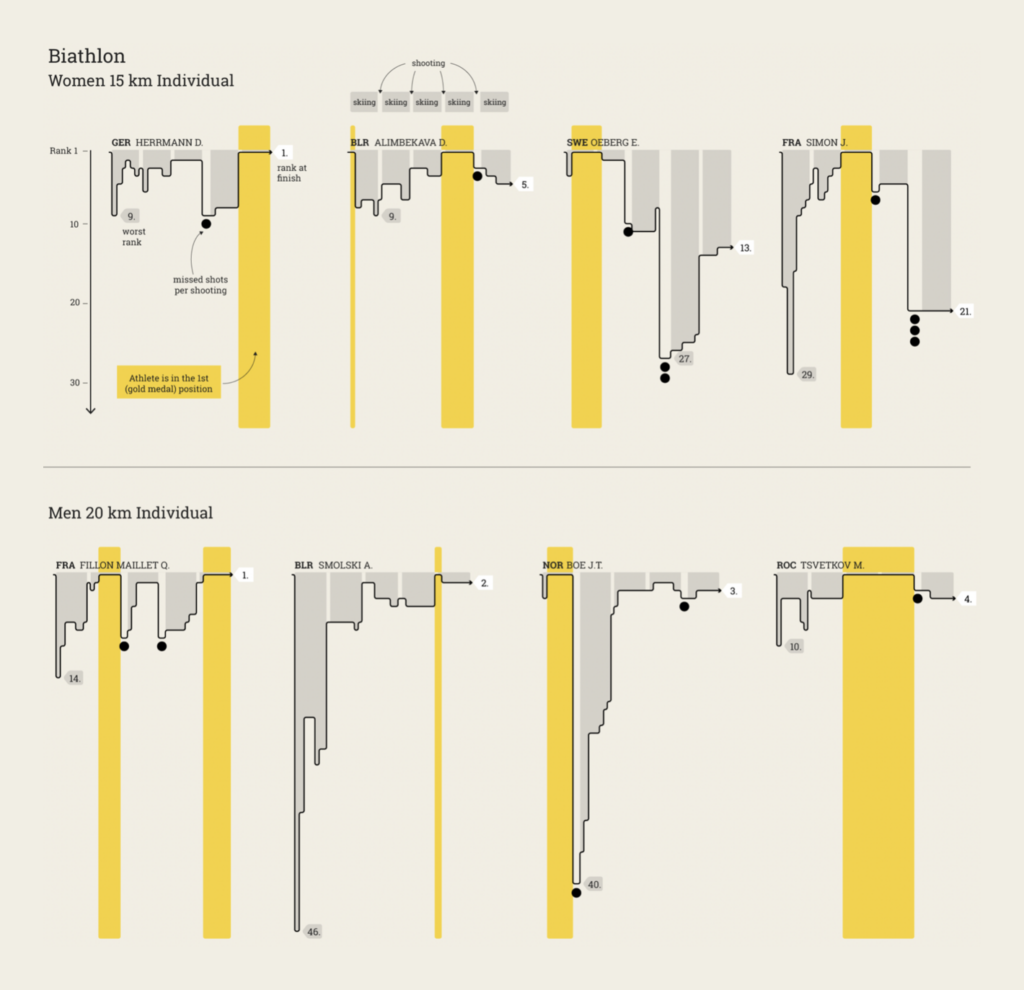

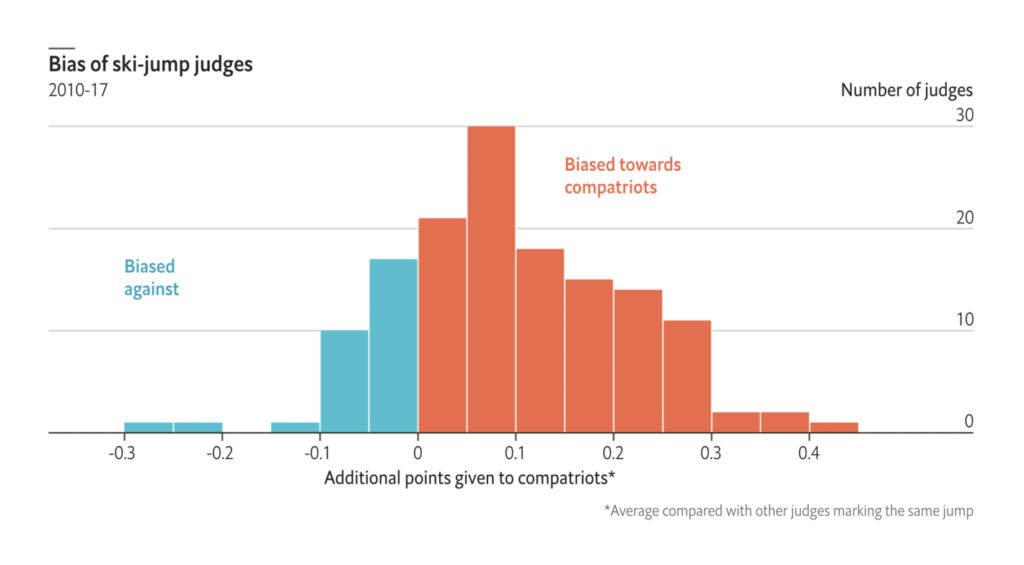
Several COVID charts this week compared different countries’ pandemic policies and outcomes:
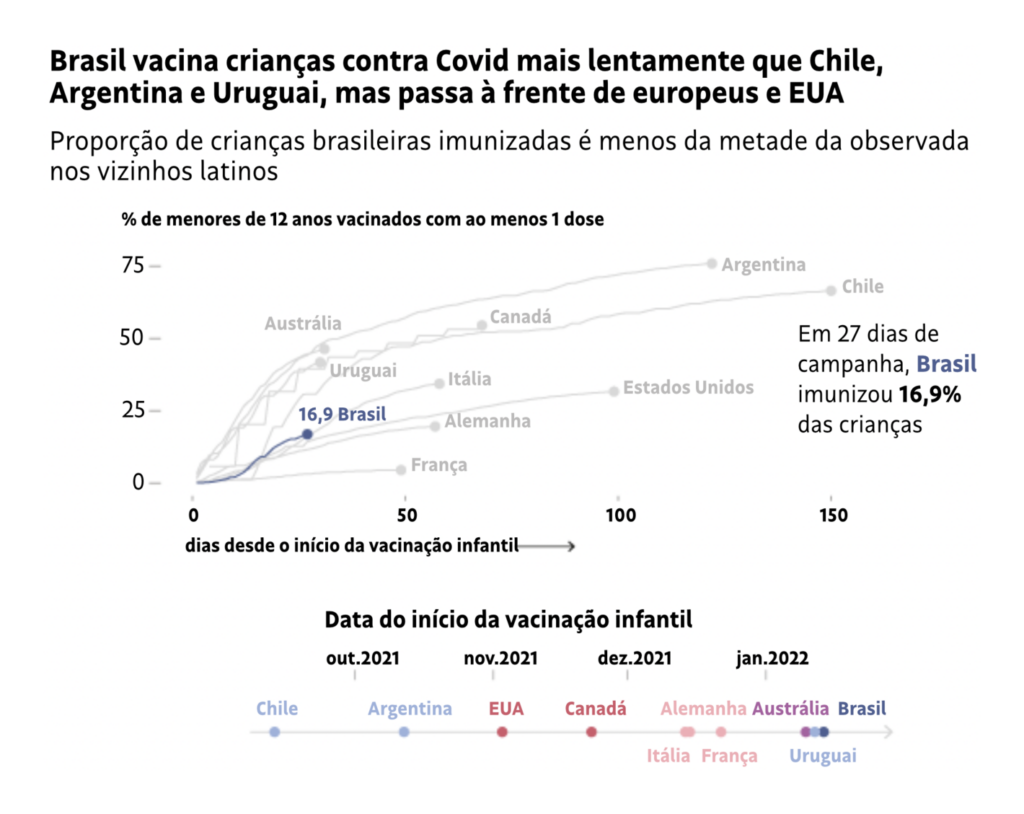
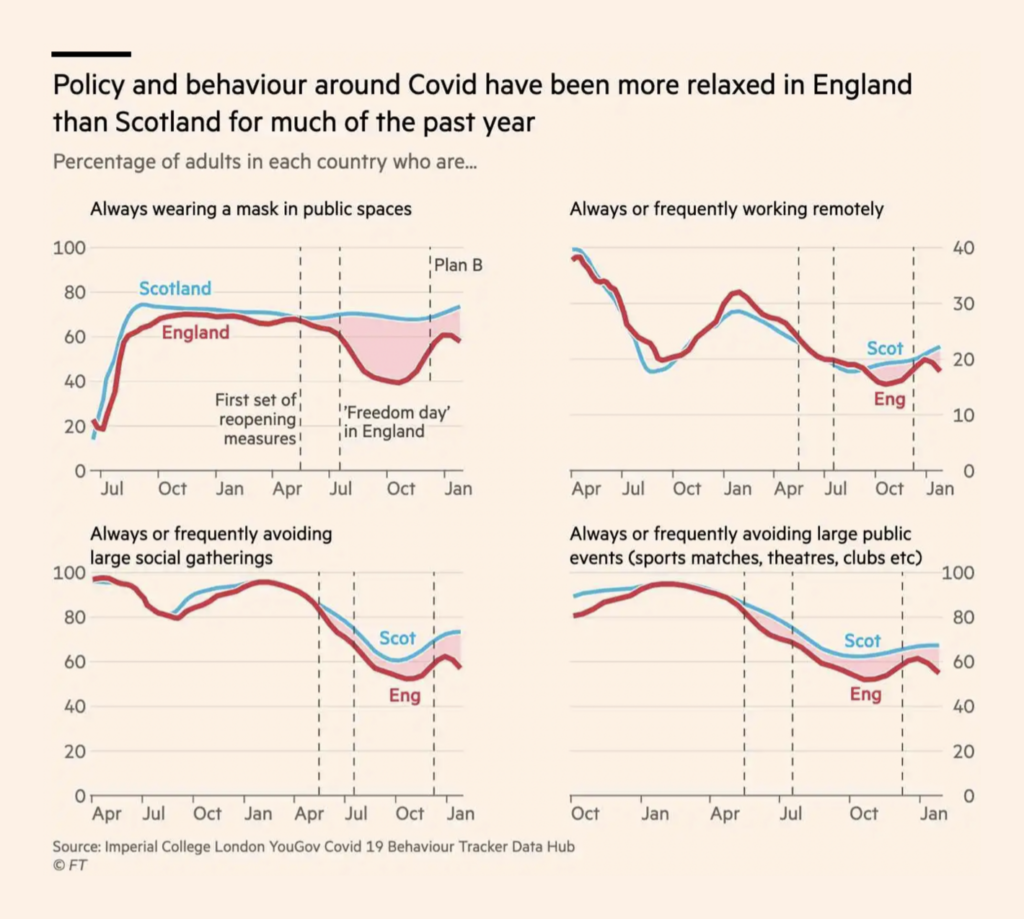

While others looked at the secondary effects of the pandemic:

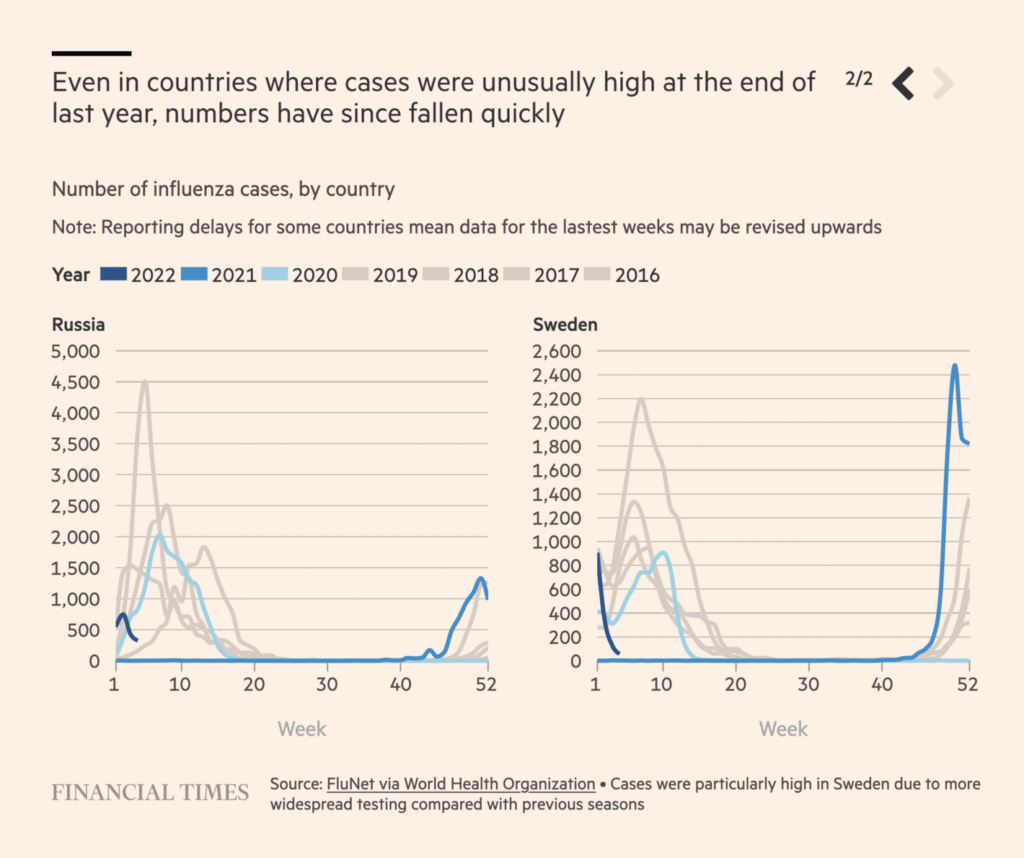
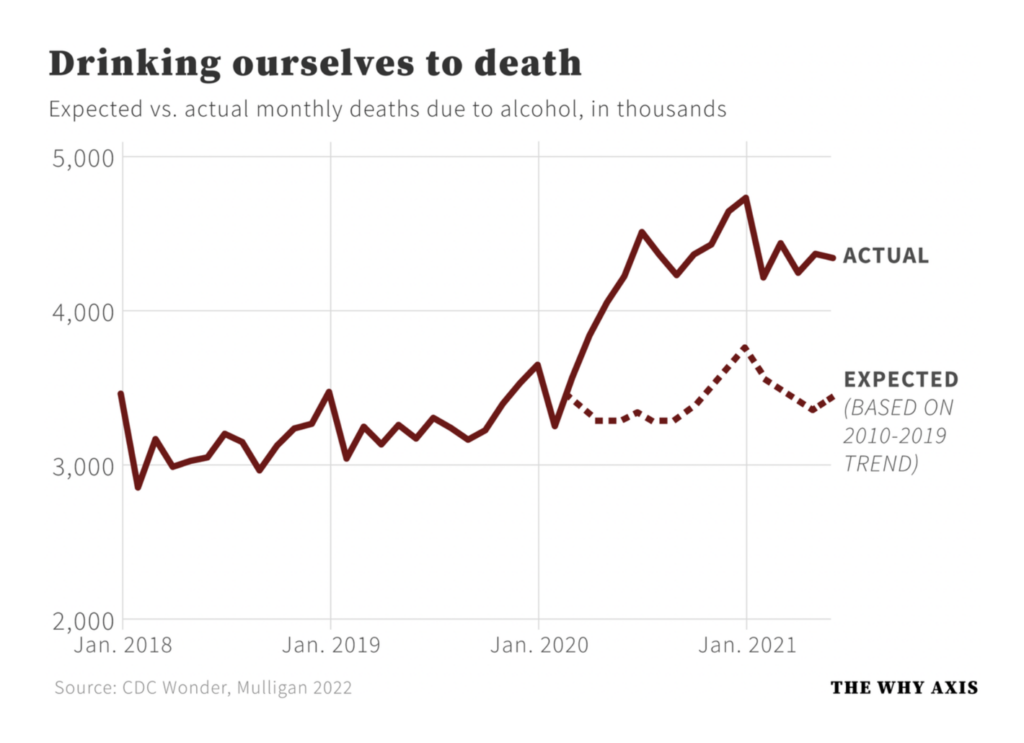
One side effect that gets a lot of attention is inflation and unstable energy prices:
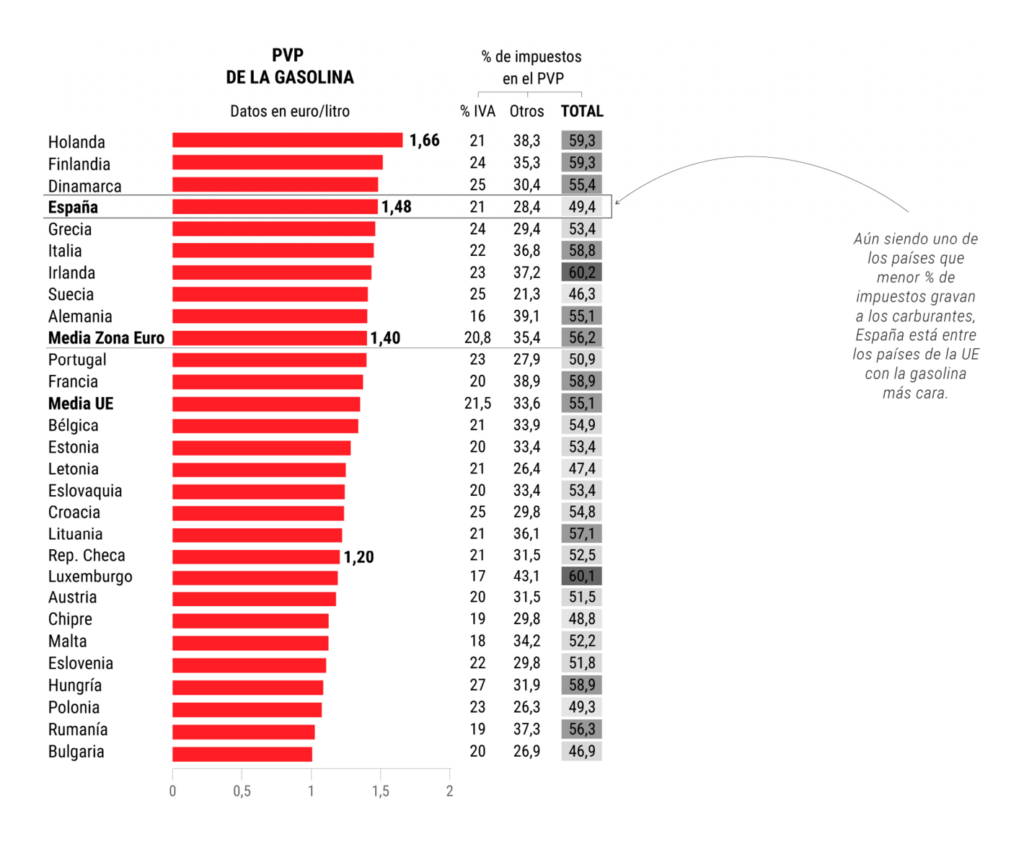
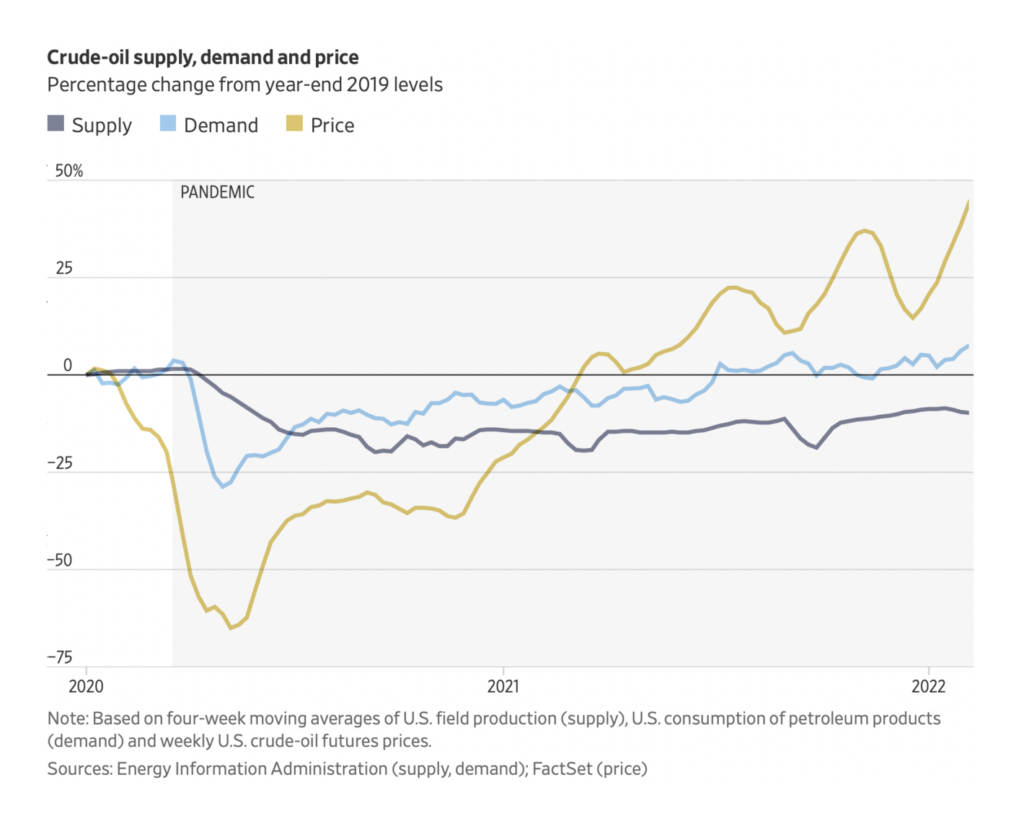
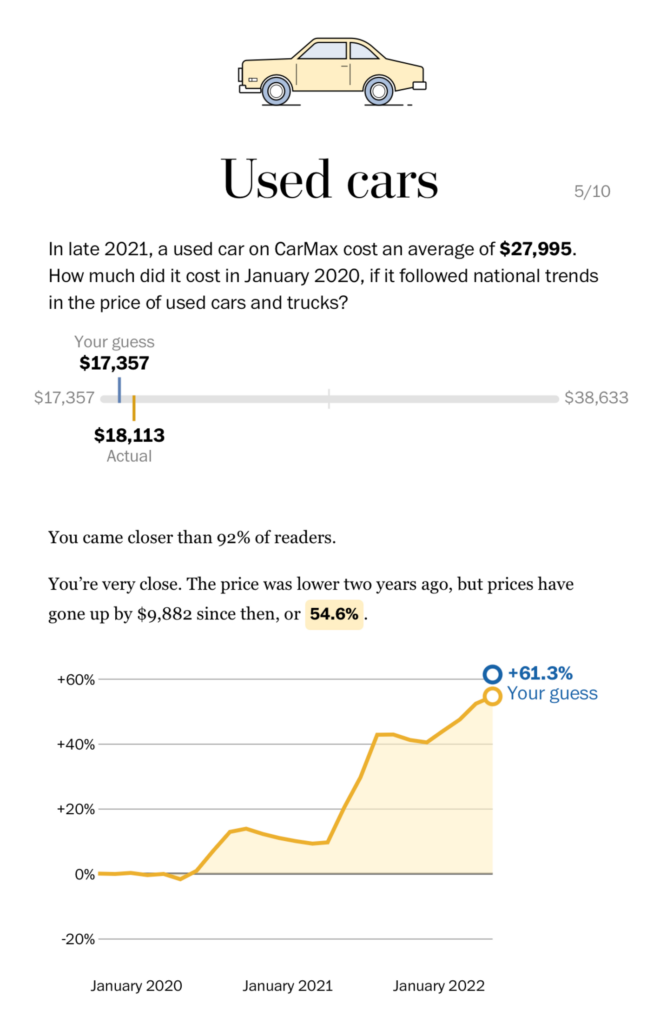
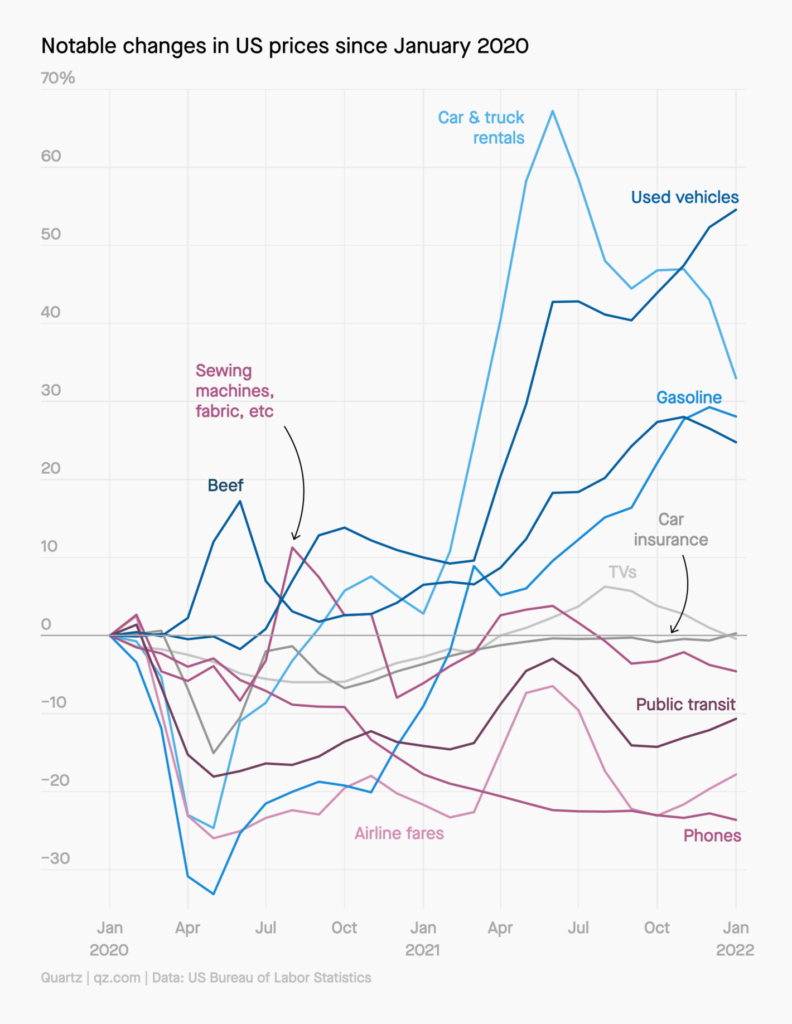
The Economist Intelligence Unit declared 2021 a new low for global democracy:


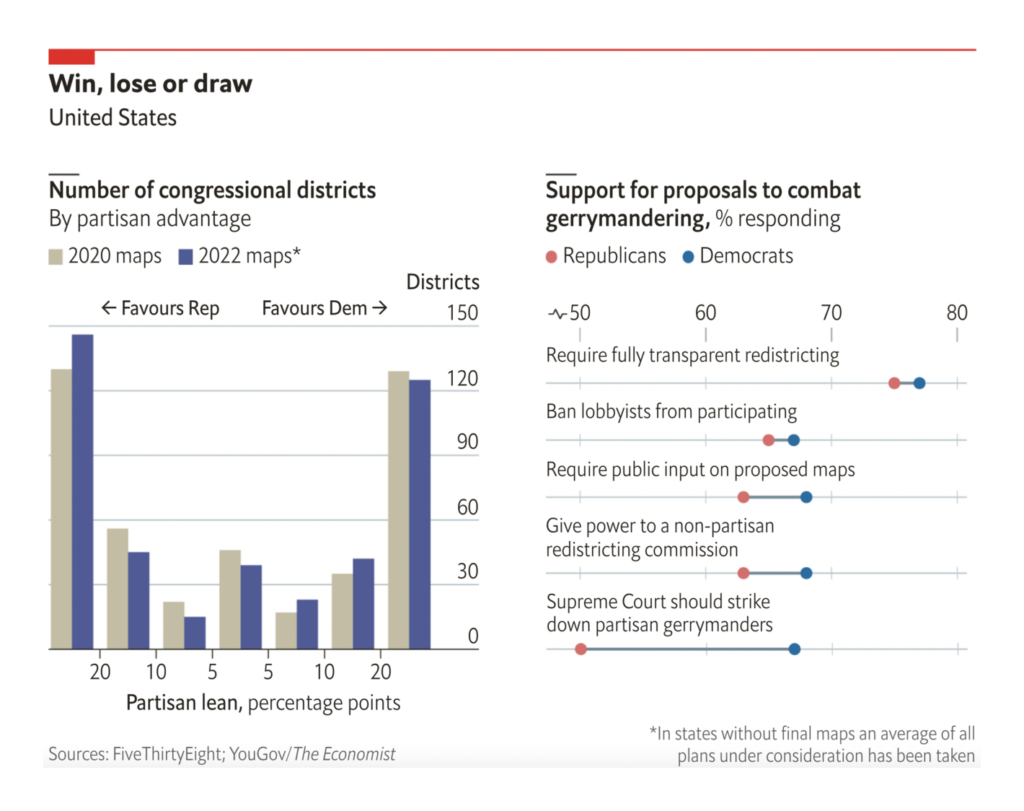
Elections news included regional voting in Spain, more presidential polling in France, and the still-uncertain political fate of Boris Johnson:


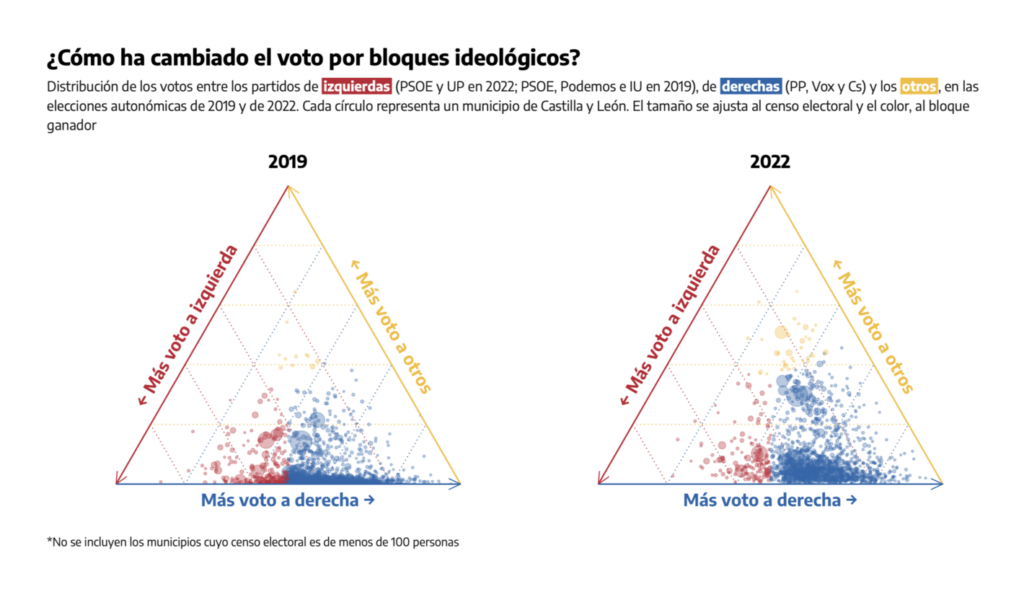
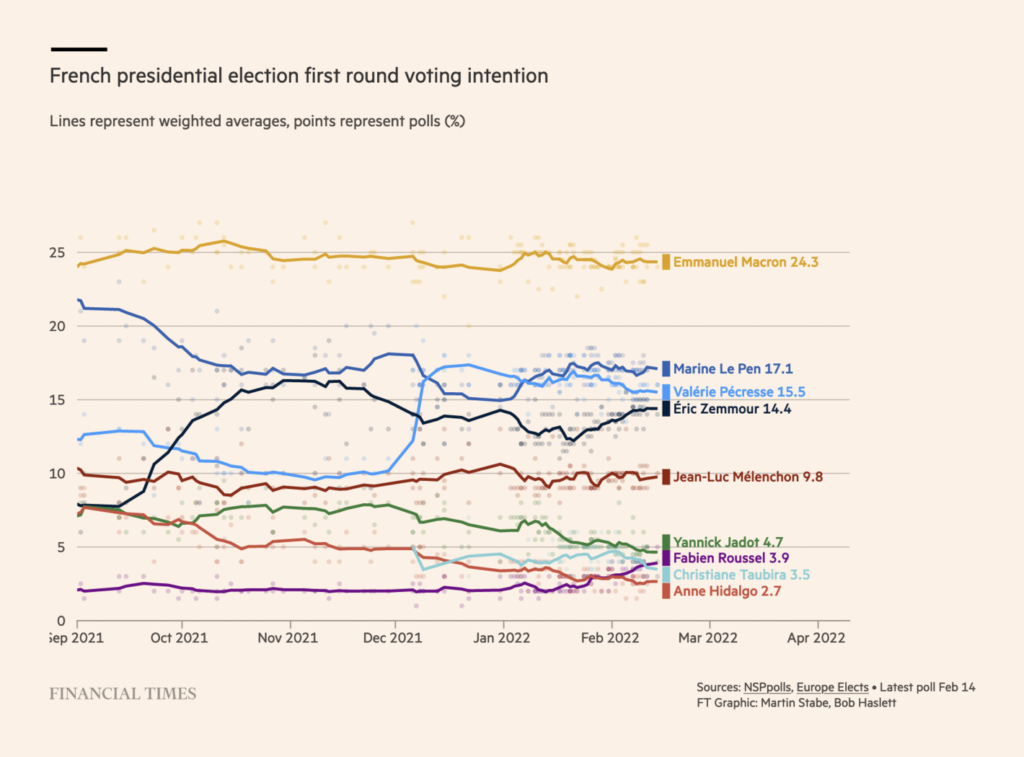

These charts showed demographic trends in the U.S., U.K., and Canada:



Other maps this week pictured everything from tiger conservation to sugarcane farms to the legacy of redlining:

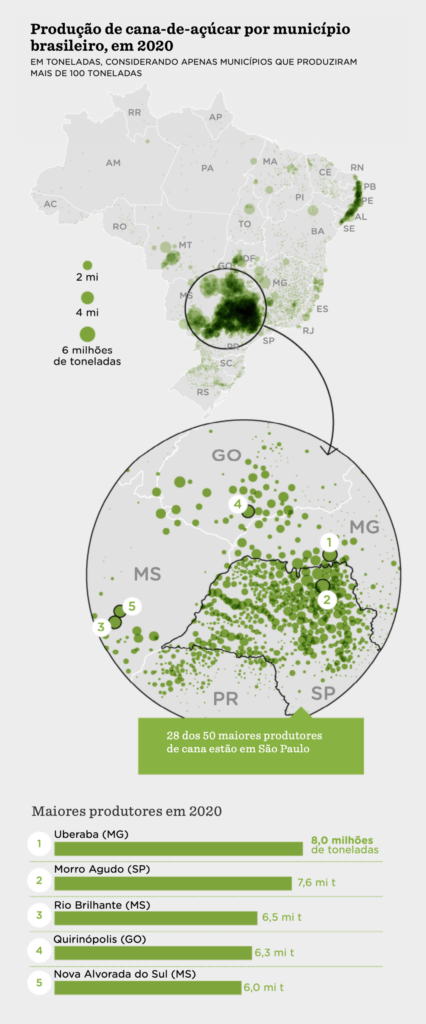
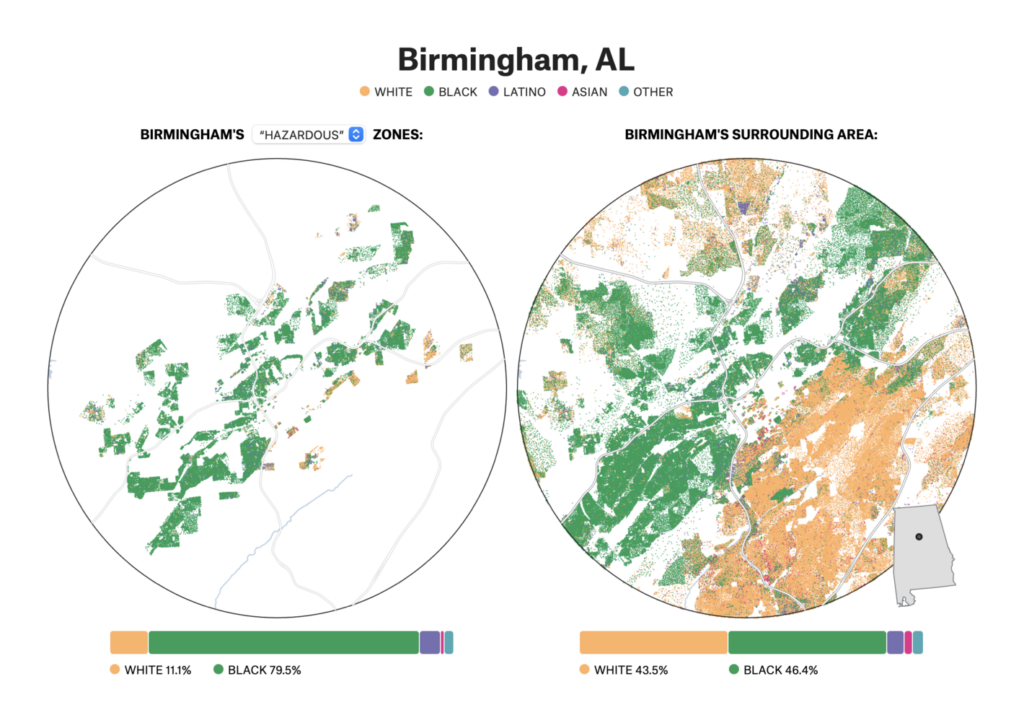

And other charts covered natural disasters, the Tunisian budget, and possession in the Premier League and Ligue 1:
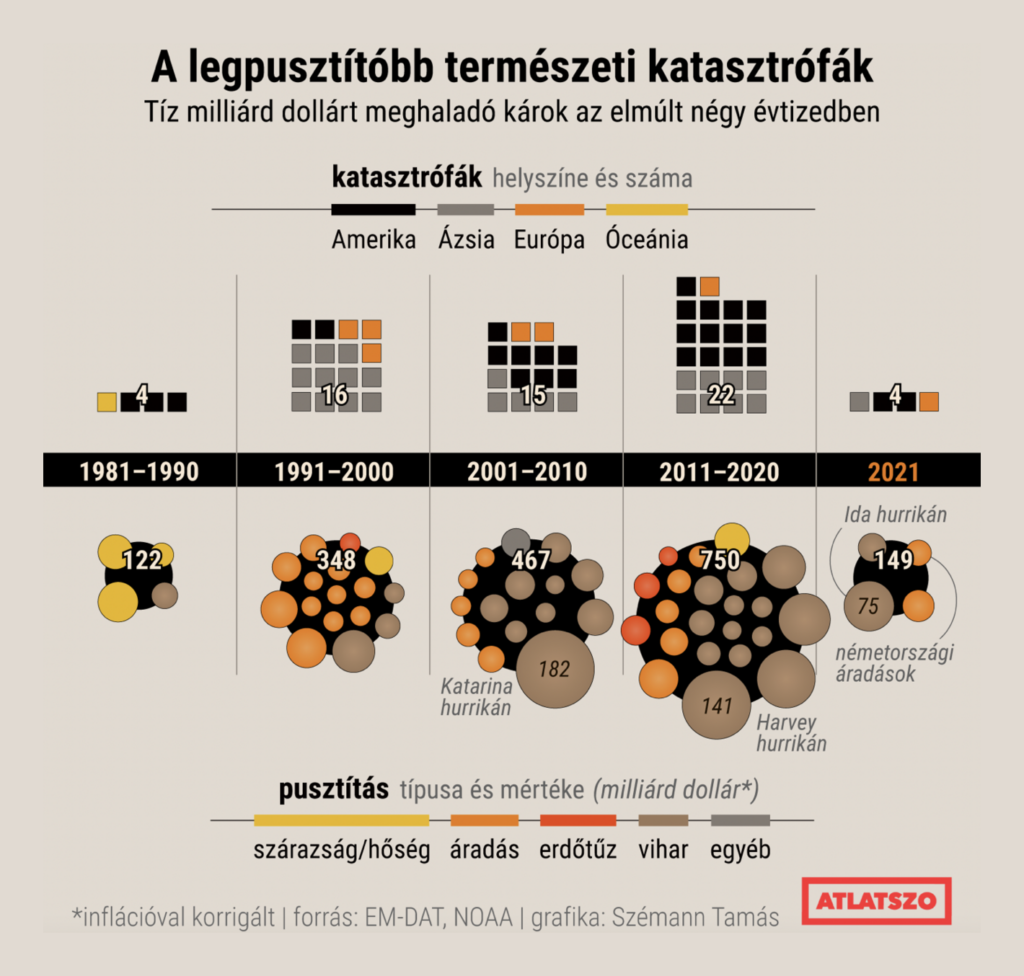



What else we found interesting
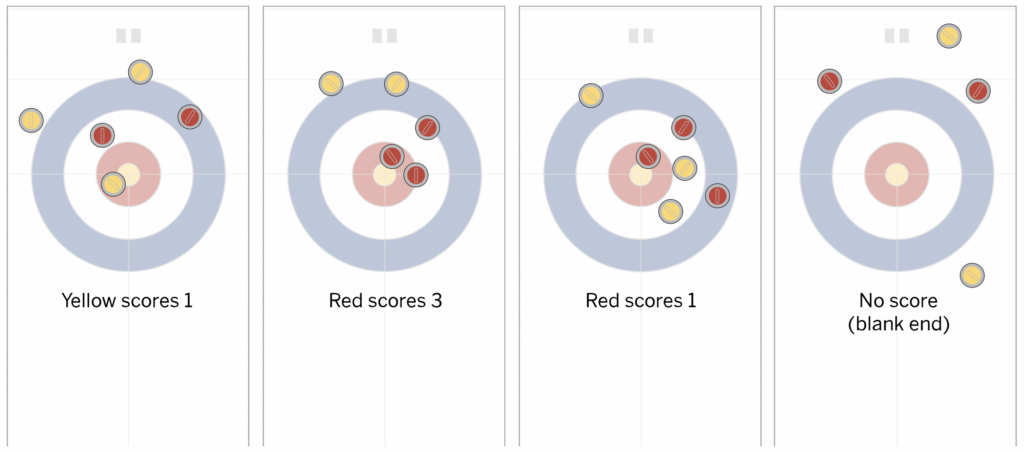
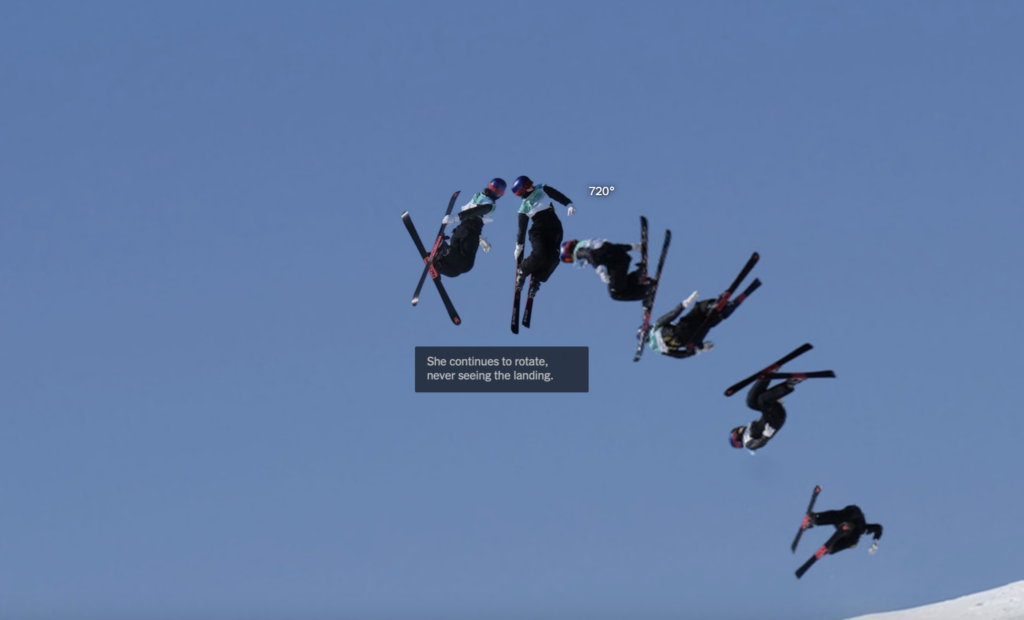
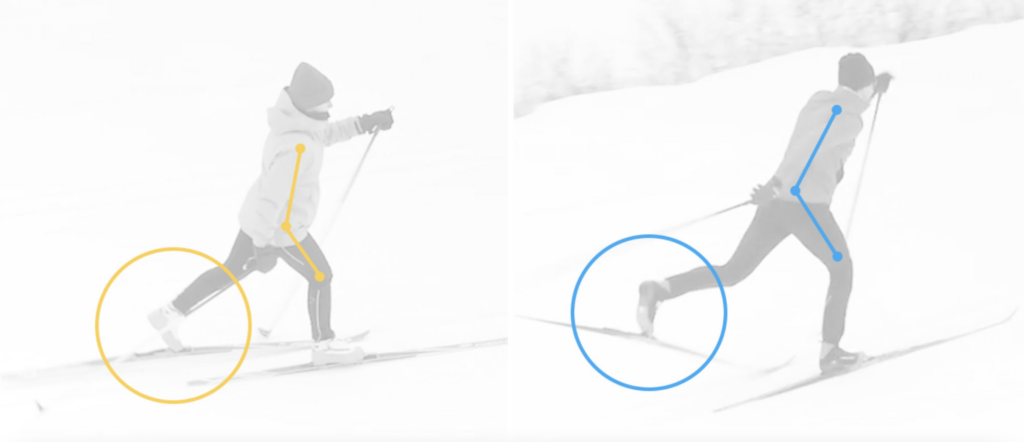
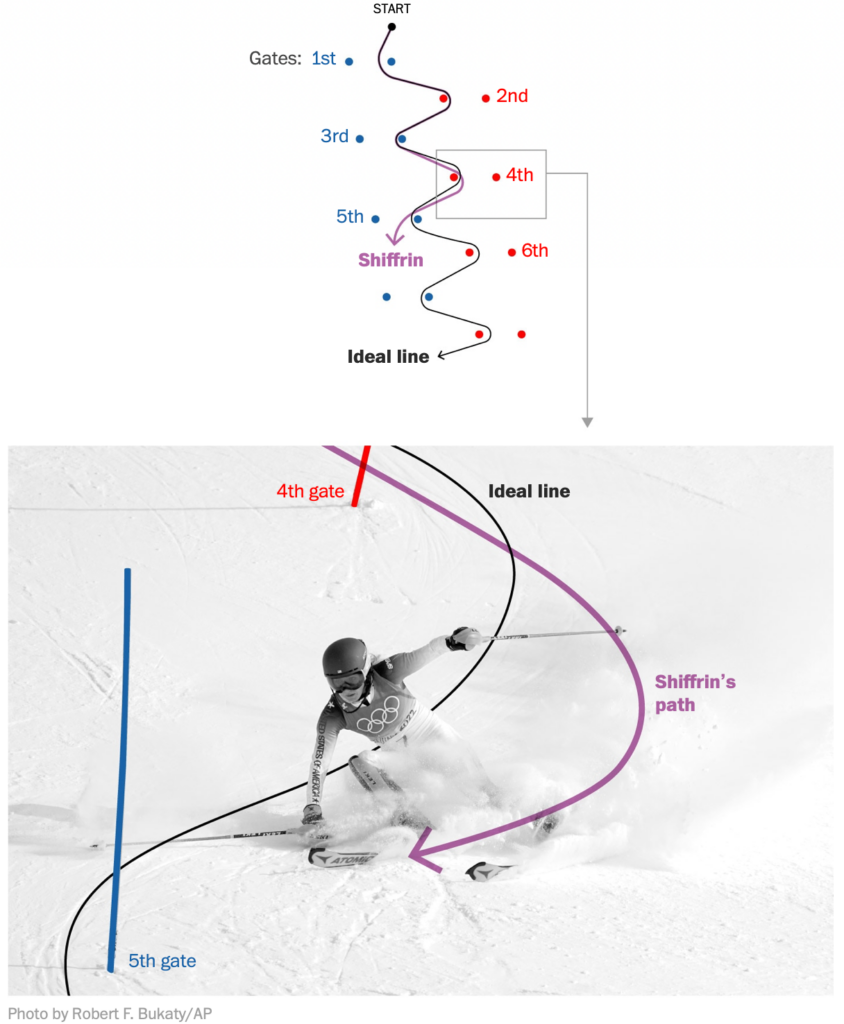
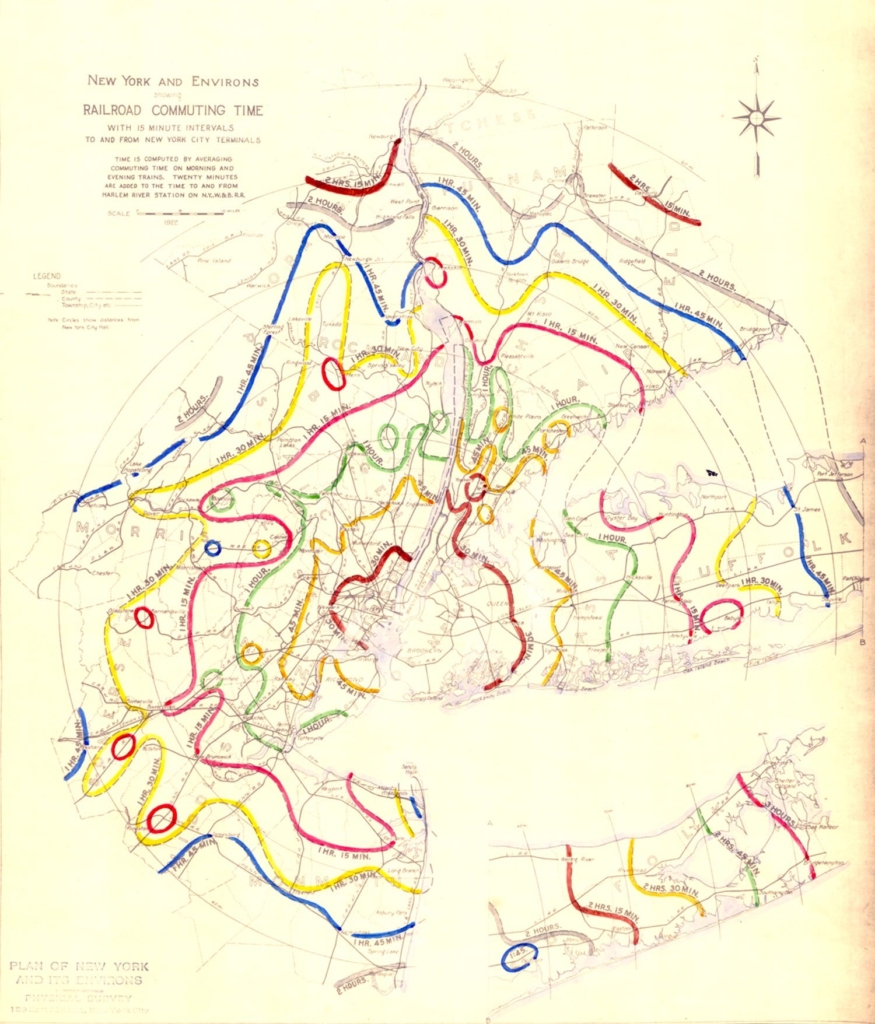
- Check out the winners of the 2021 Pudding Cup.
- Applications open for…
- A data journalist at Le Figaro
- Multiple design roles at The Washington Post
- Interns in several newsrooms through the Google News Initiative Student Fellowship
- Student conference stipends from The Pudding and ProPublica
Help us make this dispatch better! We’d love to hear which newsletters, blogs, or social media accounts we need to follow to learn about interesting projects, especially from less-covered parts of the world (Asia, South America, Africa). Write us at hello@datawrapper.de or leave a comment below.




Comments